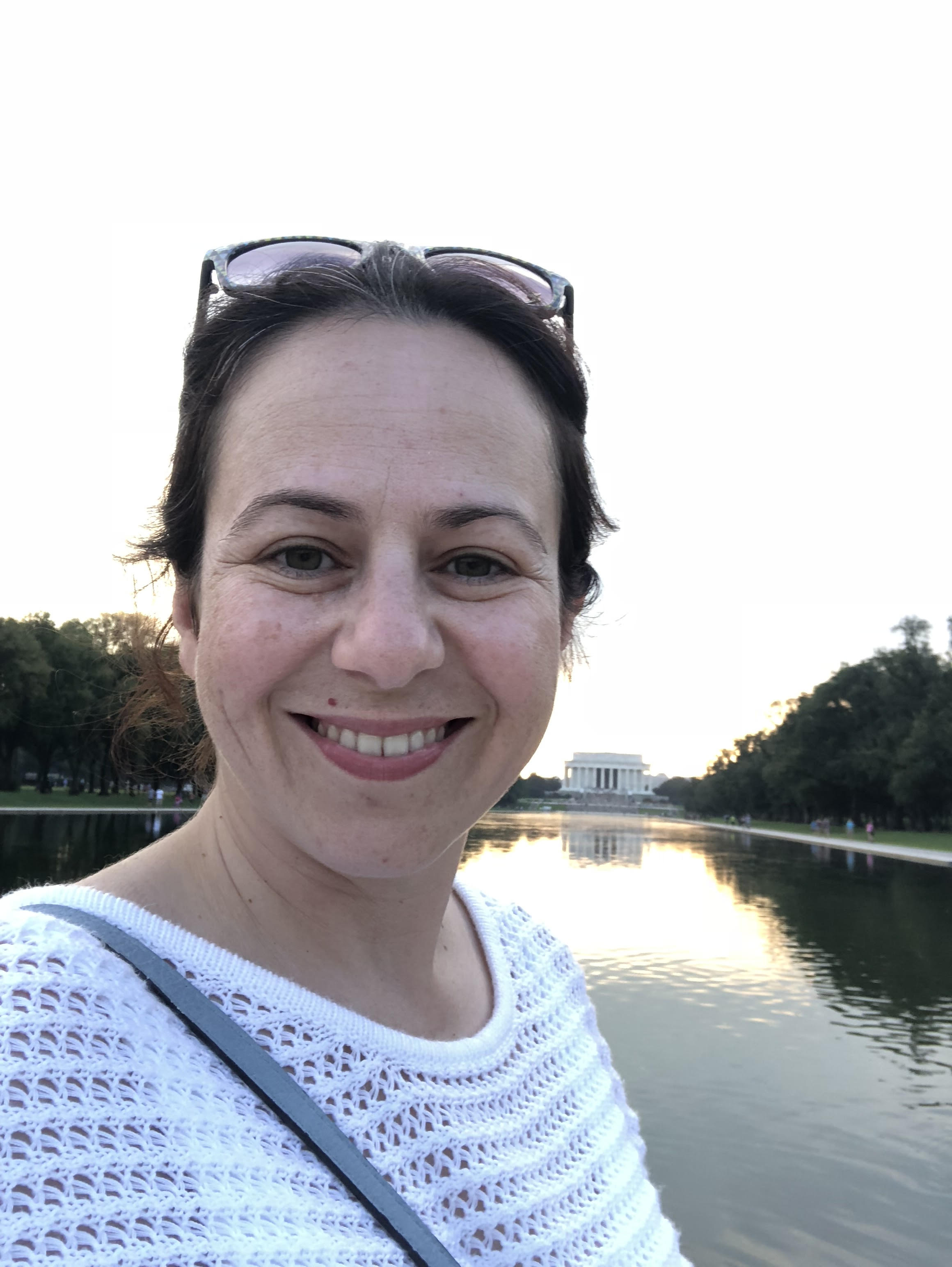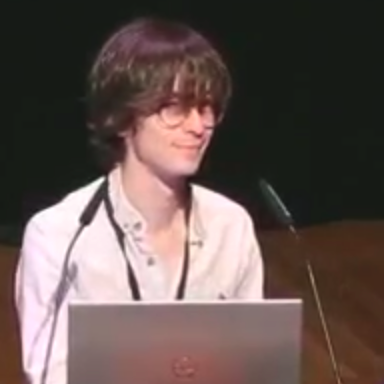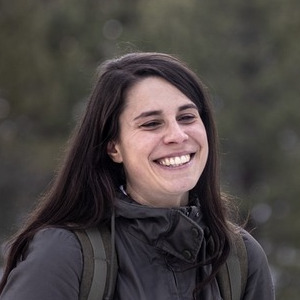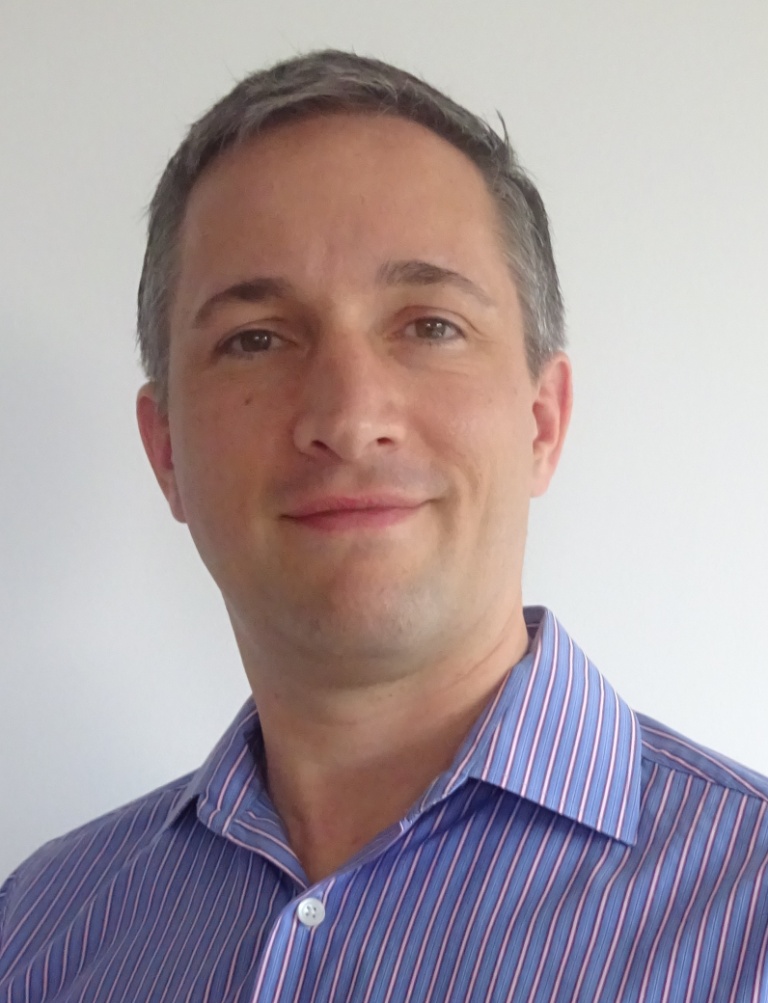Keynotes

Dr. Meltem Sonmez Turan is a mathematician in the Computer Security Division of National Institute of Standards and Technology. Meltem co-leads the Lightweight Cryptography Standardization project at NIST. Her research interests include symmetric cryptography, random number generation and circuit complexity.
Final Steps of the NIST Lightweight Cryptography Standardization
This talk includes an overview of the NIST Lightweight Cryptography Standardization process and explains the evaluation of the finalists, the selection of Ascon as the winner and the final steps in the standardization process.

Vincent Nicomette is an engineer from ENSEEIHT Toulouse (1992), doctor of INPT (1996) and holder of an HDR from the INPT (2009). After having worked as an engineer in Matra Marconi Space (today Airbus Defense and Space), from 1997 to 2000, he is now a teacher at INSA Toulouse and a researcher at LAAS-CNRS since October 2000. His main research work covers 3 main aspects: 1) network security, and in particular lately the security of IoT communication protocols, 2) the security of the lower layers of operating systems, and 3) the security of critical embedded systems. He is also co-manager of the TLS-SEC course in Toulouse, a course dedicated to computer security and provided at three different schools: INSA, ENAC and N7.

Romain Cayre is currently a post-doctoral researcher in the S3 (Software and System Security) team at the EURECOM Institute in Biot. His research work is devoted to the security of wireless communication protocols and the security of embedded systems, with a particular interest in the analysis of interactions at the boundary between software and hardware. He received an engineering degree in computer science from the Institut National des Sciences Appliquées de Toulouse in 2018, and carried out his doctoral thesis from 2019 to 2022 within the TSF team (Tolerance to faults and Dependability) from LAAS-CNRS. During his PhD thesis, his work focused on the security of wireless communication protocols in the context of the Internet of Things. As part of this work, he has produced several software tools published under a free license, in particular the Mirage wireless protocol vulnerability analysis tool.
Ten years of studies on the security of connected objects: a wrap-up
Connected objects are invading our professional and personal daily lives. These objects are more and more efficient and provide more and more varied services, but are they sufficiently secure? This keynote will try to answer this question by taking stock of ten years of research in the context of the security of connected objects. This work was carried out within the LAAS-CNRS’s TSF team (Fault Tolerance and Computer Operating Safety), within the framework of 4 theses. This work brought contributions on both offensive and defensive aspects. On the offensive side, the presentation will address in particular the analysis of vulnerabilities targeting various objects and protocols (ADSL Box, connected TVs, BLE objects, wireless keyboard/mouse, specification of the BLE protocol). On the defensive side, the presentation will address intrusion detection and identification of connected objects. This keynote will be illustrated with several demonstrations.

Eleonora Losiouk is an Assistant Professor at the University of Padua (Italy). In 2018, she obtained her Ph.D. in Bioengineering and Bioinformatics from the University of Pavia (Italy). She has been a Visiting Fellow at EPFL in 2017 and a Fulbright Visiting Fellow at the International Computer Science Institute in Berkeley in 2021/2022. In 2021, she got the H2020 CONCORDIA Award for Early Career Women Researcher. In 2022, she was awarded a Google Research Program Scholarship to develop a tool that automatically detects and exploits vulnerabilities in Android apps. Her main research interests regard the Android OS security and the wireless communications security (in particular, the Bluetooth Low-Energy ones). She has recently started inspecting the Automated Program Repair research area.
Fortifying your Smartphone: Advancements in Android Security Research
As Android devices continue to shape our modern digital landscape, the imperative to bolster their security becomes increasingly urgent. This research talk illuminates the latest advancements in Android security, shedding light on innovative strategies, emerging threats, and cutting-edge technologies designed to safeguard our digital lives. This research talk aims to equip both security practitioners and enthusiasts with a comprehensive understanding of the latest Android security research trends and innovations.

Victor Vuillard is the security director of S3NS, a Thales subsidiary in partnership with Google, aiming to operate in France a Trusted Cloud offering with the efficiency and richness of GCP Cloud services. Before joining S3NS in September 2023, he spent 7 years at ANSSI. He was responsible for the audit and inspection team and in particular led the first audits of Operators of Vital Importance. He was then the first head of the Rapid Intervention Group, the ANSSI team which intervenes in large-scale compromises. At the same time, he held the position of Deputy SSI Officer of the SGDSN. In 2013, he joined EDF as cybersecurity manager for nuclear engineering to define the security strategy for the 58 French nuclear power plants, define the security architectures, audit the security level and participate in cybersecurity governance jointly with the operator. In addition to creating and managing the team in charge of these cybersecurity issues at EDF, he was also French representative at the IAEA (United Nations) to help define international practices for securing nuclear installations, as well as at the IEC. In 2018, he was then security director of the Parrot group, the leading European manufacturer of micro-drones. As Cybersecurity CTO, he designed the overall security architecture and security features of drones, to deliver trusted drones, particularly for defense and homeland security.
IoT, 5G and Trusted Cloud
The level of connectivity of connected objects brings new uses, particularly in the field of robotics and drones. This connectivity is a guarantee of efficiency and increasing cooperation between robots/drones or between robots/drones and humans. This opens up new cybersecurity challenges, with objects more exposed to threats coming from the Internet, while at the same time they need to exchange and store sensitive data that they collect. This requires to be able to identify and authenticate these objects and allow them to communicate to a Trusted Cloud.
Media: 🗣 Audio